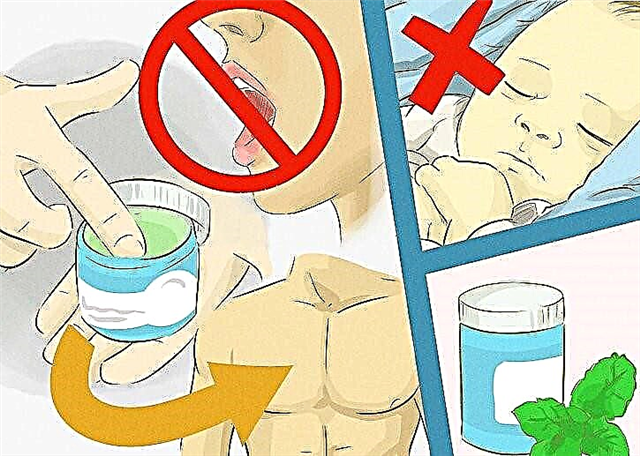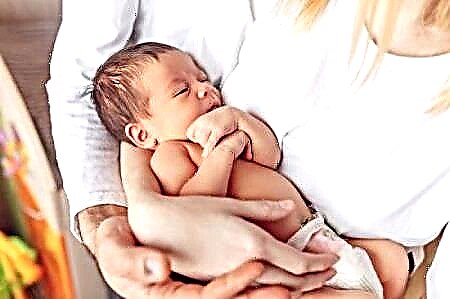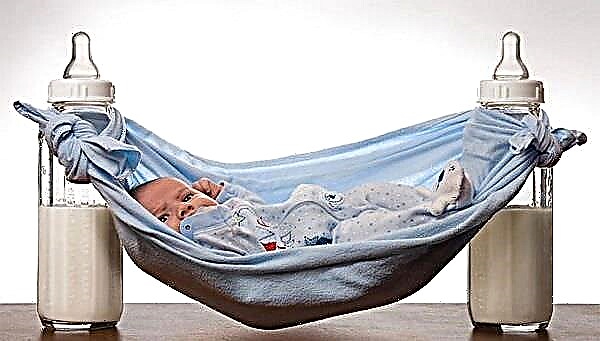 For nine months in the mother's belly, the child is in a state of weightlessness. Having been born, he does not yet know anything about his body. Fragile muscles are in a kind of tone and cannot yet serve the baby to the full. In the first months after birth, the baby's movements are unconscious and chaotic. The limbs do not seem to belong to him, so parents during this period may notice that the newborn is afraid of his hands. Sudden touches of hands to the body, scratching frighten the child. He shudders, wakes up and cries.
For nine months in the mother's belly, the child is in a state of weightlessness. Having been born, he does not yet know anything about his body. Fragile muscles are in a kind of tone and cannot yet serve the baby to the full. In the first months after birth, the baby's movements are unconscious and chaotic. The limbs do not seem to belong to him, so parents during this period may notice that the newborn is afraid of his hands. Sudden touches of hands to the body, scratching frighten the child. He shudders, wakes up and cries.
Why is a baby afraid of his hands?
At first, babies are aware of only the mouth as part of their body, since the sucking reflex is present in the intrauterine state and is already fully formed by the time the baby is born. The assimilation of other parts of the body occurs gradually.
After birth, children’s hands are clenched into fists almost all the time and relax only in sleep. And although there is an unconditioned grasping reflex, the child does not use his hands until about 2-3 months. Until this age, the baby's grasping movements are reflexive, the child grabs what touches the palm or is close to it (Robinson's reflex). This explains the presence of uncoordinated actions by the baby: pinching, grabbing, scratching, which so scare the child.
[sc: rsa]
How can I help the baby?
During the day, when the child is awake, he is not often afraid of his hands, this is due to the fact that the baby accidentally scratches himself and then cries from pain. Therefore, it is necessary to make sure that the nails are cut short and wear anti-scratches. It is more convenient when they are attached to the sleeves. Many kids take off some anti-scratches.
During sleep, sudden flapping of hands and grabbing really scare the baby. In order for him not to be afraid of his hands, the newborn is swaddled.
Modern pediatricians advise "free" swaddling, which preserves the natural position of the limbs and the ability to move.
Tight swaddling that has been used in the past can inhibit the development of baby's motor, tactile and other skills.
"Free" swaddling contributes to a faster acquaintance of the newborn with their hands. Therefore, swaddling with handles should not be longer than the first month, and in the future, up to three months, only the legs should be swaddled. After 3 months, there is no longer any sense in swaddling, since from this age the unconditioned grasping reflex begins to fade away and the voluntary grasping begins to form.
We read further: Swaddling pros and cons



